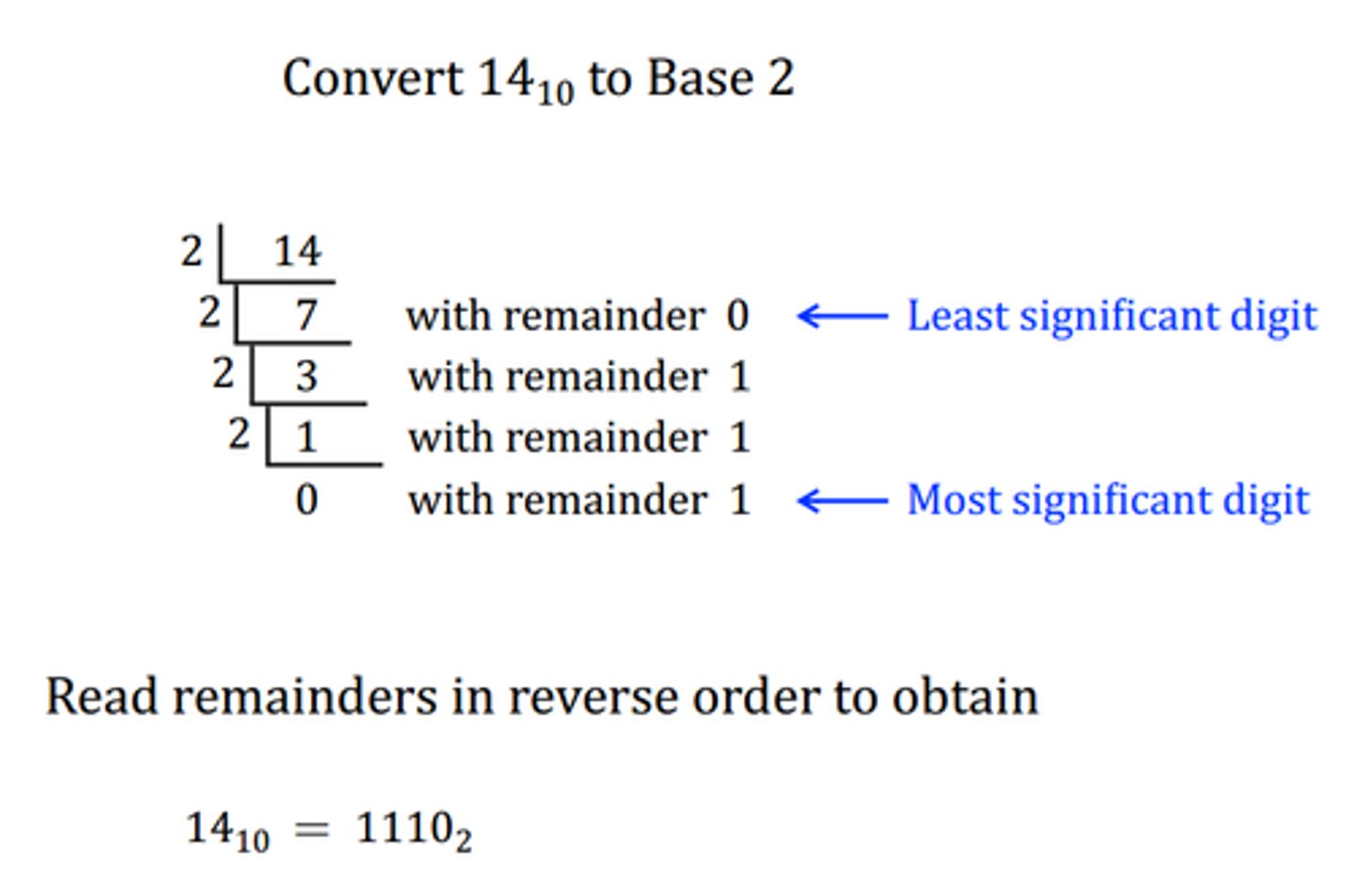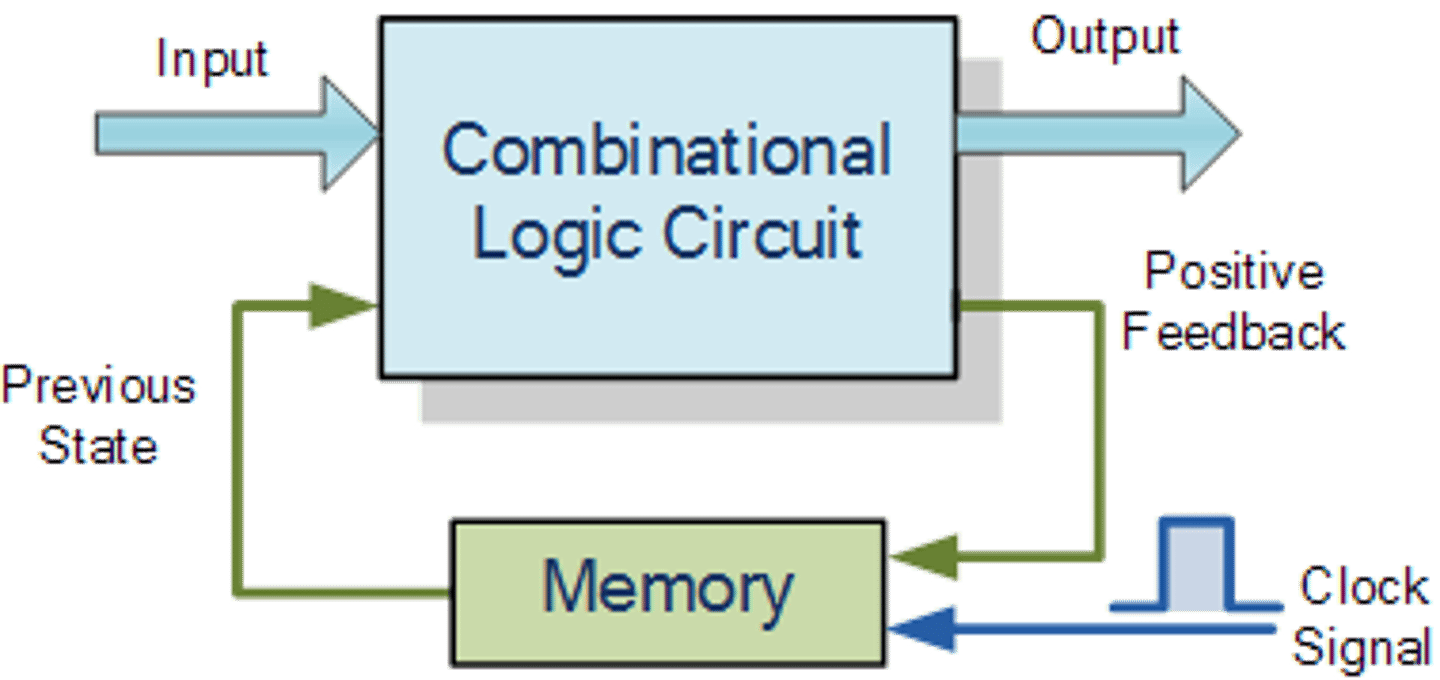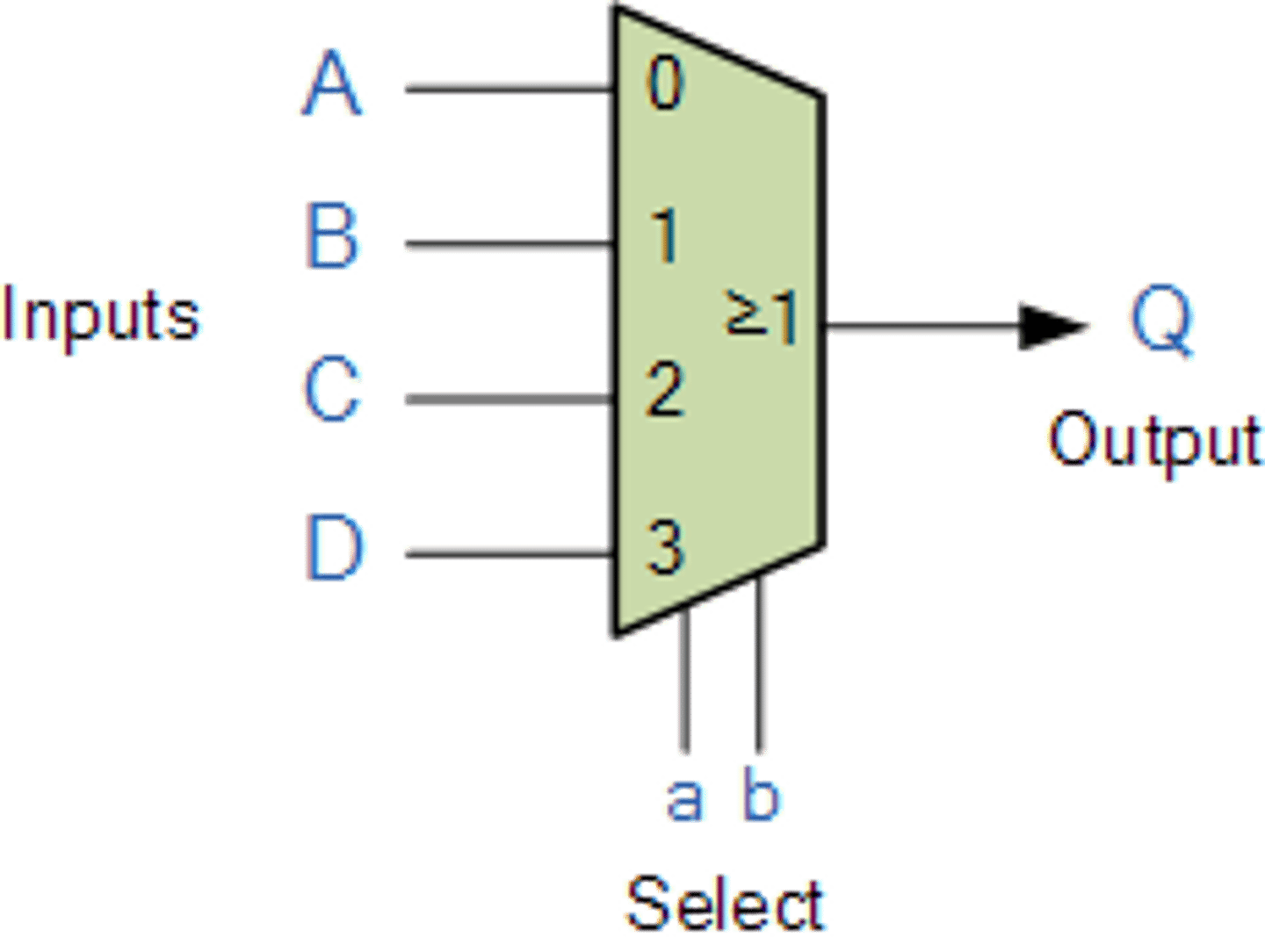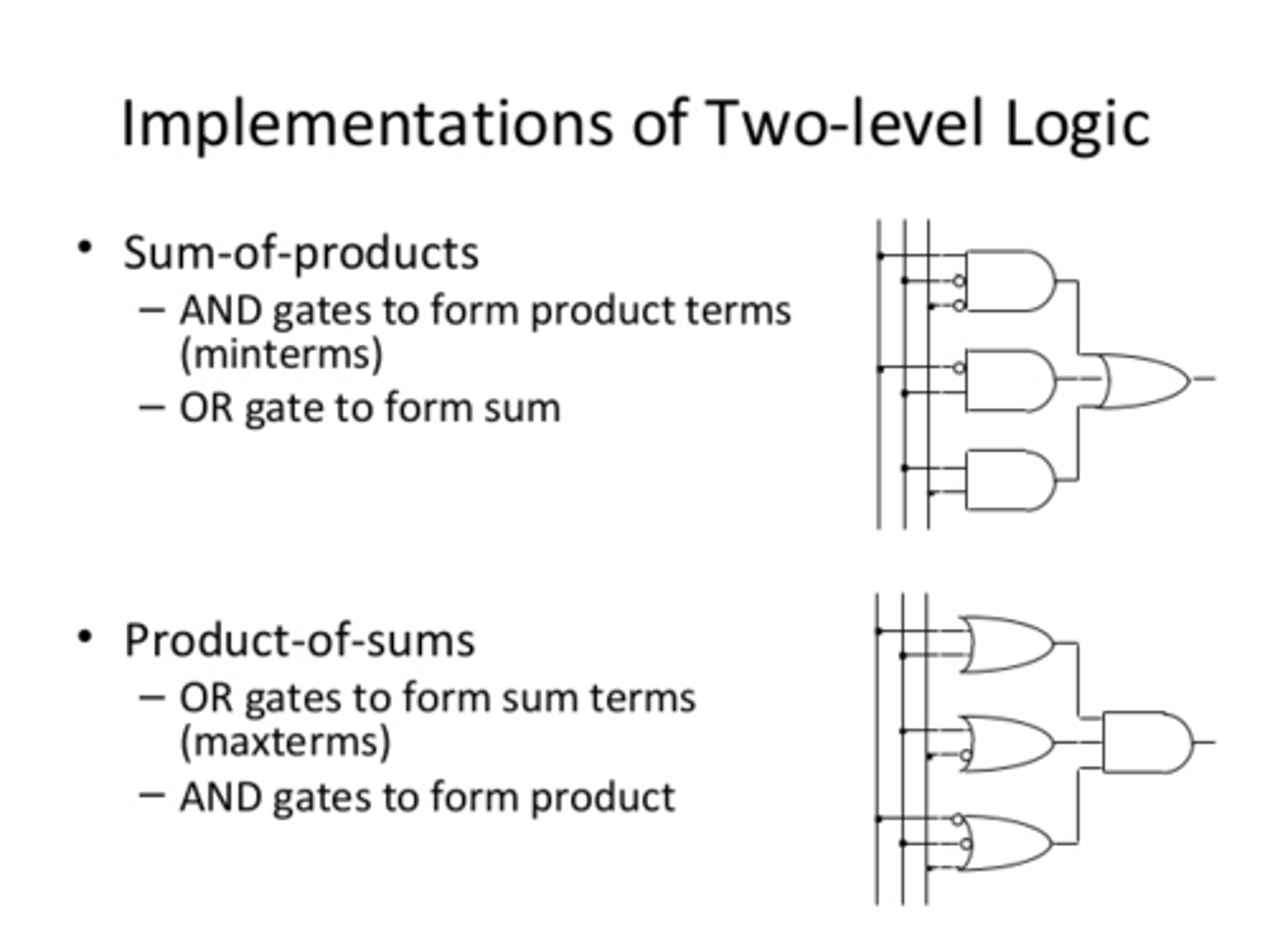COMP 2131- Module 2- Data Representation & Boolean Logic
1/31
There's no tags or description
Looks like no tags are added yet.
Name | Mastery | Learn | Test | Matching | Spaced |
|---|
No study sessions yet.
32 Terms
Word size?
-the number of bits processed by a computer's CPU in one go
-eg. typically 32 bits or 64 bits
-Data bus size, instruction size, address size are
usually multiples of the word size
What are two conventions to store the values?
Little endian byte order
-Intel-compatible machines
Eg.
Assume x has the value 0x1234567
0x103 0x102 0x101 0x100 address
0x01 0x23 0x45 0x67 value
Big endian byte order
-Machines from IBM and Sun Microsystems
0x103 0x102 0x101 0x100 address
0x67 0x45 0x23 0x01 value
What is the size of each integer type below?
-Char (unsigned char)
-Short (unsigned Short)
-Int (unsigned Int)
-Long (unsigned Long)
-Float
-Double

What is the method for subtraction?
-1's complement
-2's complement

How are signed integers represented in binary?
-2's complement for negative integers
Weight (in terms of Binary number systems)
(base)^position
Magnitude (in terms of Binary number systems)
Sum of "bit x weight"
Nibble
4 bits
Byte
8 bits
Magnitude (in terms of Octal number systems)
sum of "digit x weight"
Decimal to any base?
-Divide by base

How are fractional numbers represented in binary?
-Institute of Electrical and Electronics Engineers (IEEE) floating-point representation
-Need to represent F (fraction), E (exponent),
and sign
-IEEE 754 Floating-Point Standard (32-bits)

What are the three cases of single precision floating point values?
-Case 1 : Normalized Values
-Case 2 : Denormalized values
-Case 3 : Special values
Describe case 1: normalized values
-The bit pattern of exp is neither all zero nor all one
-In this case, the exponent field is interpreted as
representing a signed integer in biased form
-The exponent value is E= e - Bias,
-e is the unsigned number having bit representation
-bias is 127 for single precision and 1023 for
double
Describe case 2: de-normalized values
-The case where the exponent is all 0s, but the fraction is non-zero

Describe case 3: special values
-When the exponent field is all
ones
-When the fraction field is all zeros
-The resulting values represent infinity
-Either +∞ when s = 0, or −∞ when s = 1
-When the fraction field is nonzero, the resulting value is called a "NaN" short for "Not a Number"
What does ASCII stand for and what is it?
-American Standard Code for Information
Interchange
-It uses 7-bits to represent:
• 94 Graphic printing characters
• 34 Non-printing characters
What are the two categories of logic blocks?
-Combinational Logic (eg. Adders and multiplexors)
-Sequential logic (eg. Counter)
What are combinational logic circuits?
-Logic blocks/ circuit without memory
-Output depends only on current input
-Combinational Logic Circuits are made up from basic logic NAND, NOR, NOT gates that are connected together to produce further switching circuits

What are the three main ways of specifying the function of a combinational logic circuit?
1. Boolean Algebra - algebraic expression showing the operation of the logic circuit for each input variable either True or False that results in a logic "1" output.
2. Truth Tables - A table defines the function of a logic gate by providing all the inputs and output states in tabular form for each possible combination of input as in expression.
3. Logic Diagram - The graphical representation of a logic circuit showing wiring and connections of each individual logic gate
What is an asserted signal?
-A signal that is (logically) true, or 1
What is an deasserted signal?
-A signal that is (logically) false, or 0
What are sequential logic circuits/blocks?
-A group of logic elements that contain memory
-The outputs can depend on both the inputs and the value stored in memory

What are the laws of Boolean algebra?
Identity law: A+ 0 =A and A · 1= A
Zero and One laws: A+ 1 = 1 and A · 0 = 0
Inverse laws: A+ NOTA= 1 and A · NOTA = 0
Commutative laws: A + B = B + A and A · B = B · A
Associative laws: A+ (B+C) = (A+B) +C
and A · (B · C) = (A · B) · C
Distributive laws: A · (B+C) = (A · B) + (A · C)
and A+ (B · C) = (A+B) · (A+C).
What is a decoder?
-A logic block that has an n-bit input and 2^n outputs, where only one output is asserted for each input combination

What is a multiplexor/selector?
-its output is one of the inputs that is selected by a control
-The selector (or control) value determines which of the inputs becomes an output

What are the two forms of two-level representation?

What is Sum of products (SOP)?
-A form of logical representation that employs a logical sum (OR) of products (terms joined using the AND operator)

What is a progammable logic array (PLA)?
-A kind of programmable logic device used to implement combinational logic circuits
-Implement logic functions as a sum of products
-two stages of logic:
1. generating product terms of the inputs and input complements
2. generating
sum terms of the product
terms

What are minterms (aka product terms)?
-The first stage in an array of AND gates form a set of product terms
-Each product term can consist of any of the inputs or their complements
Explain a logical shift right
-Fills the left end with k zeros
eg.
0110 0011 x>>4 (logical)
0000 0110
Explain an arithmetic shift right
-Fills the left end with k repetitions of the MSB
eg.
1001 0101 x>>4 (logical)
1111 1001